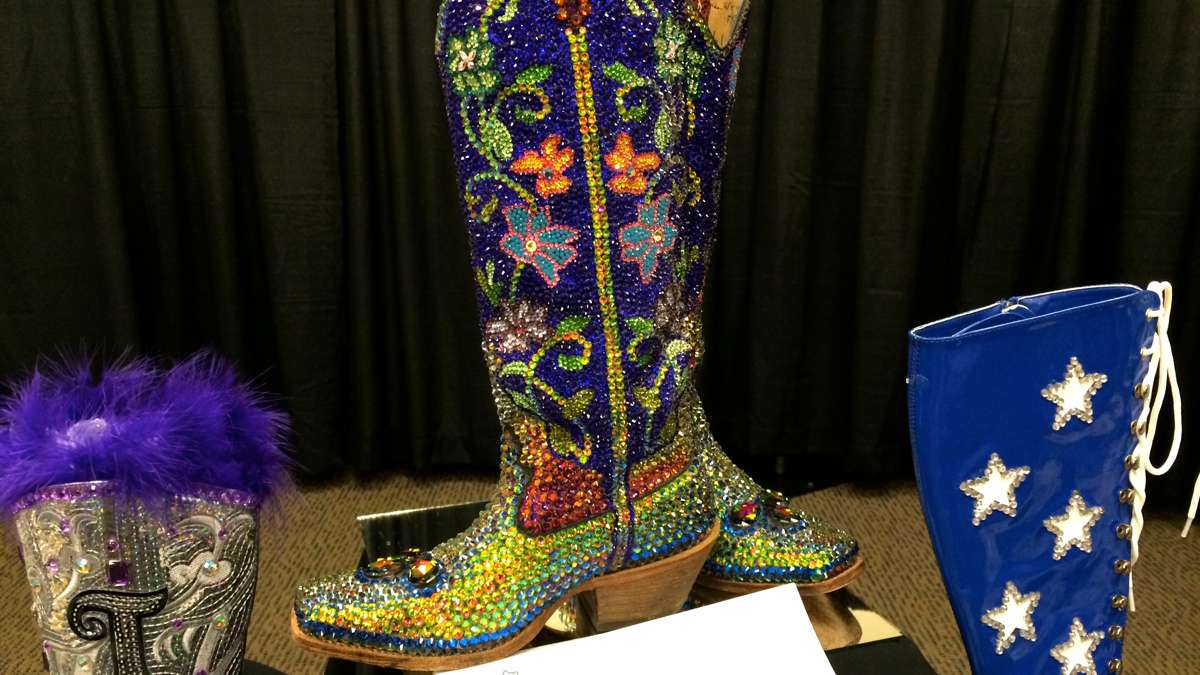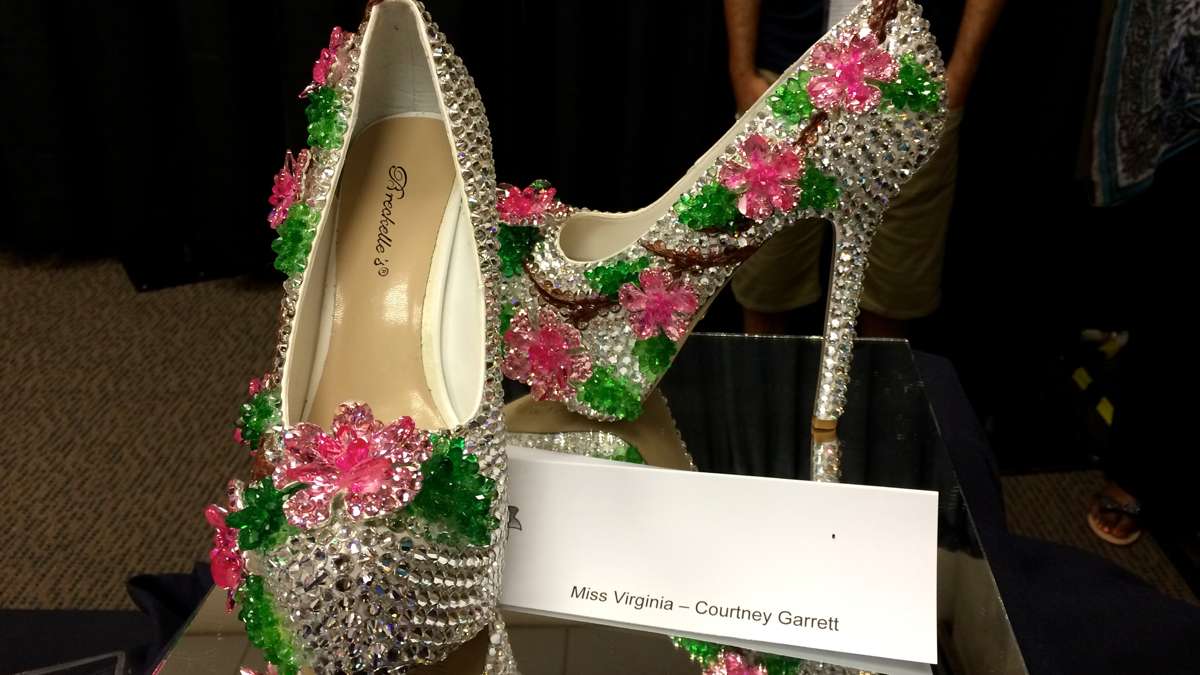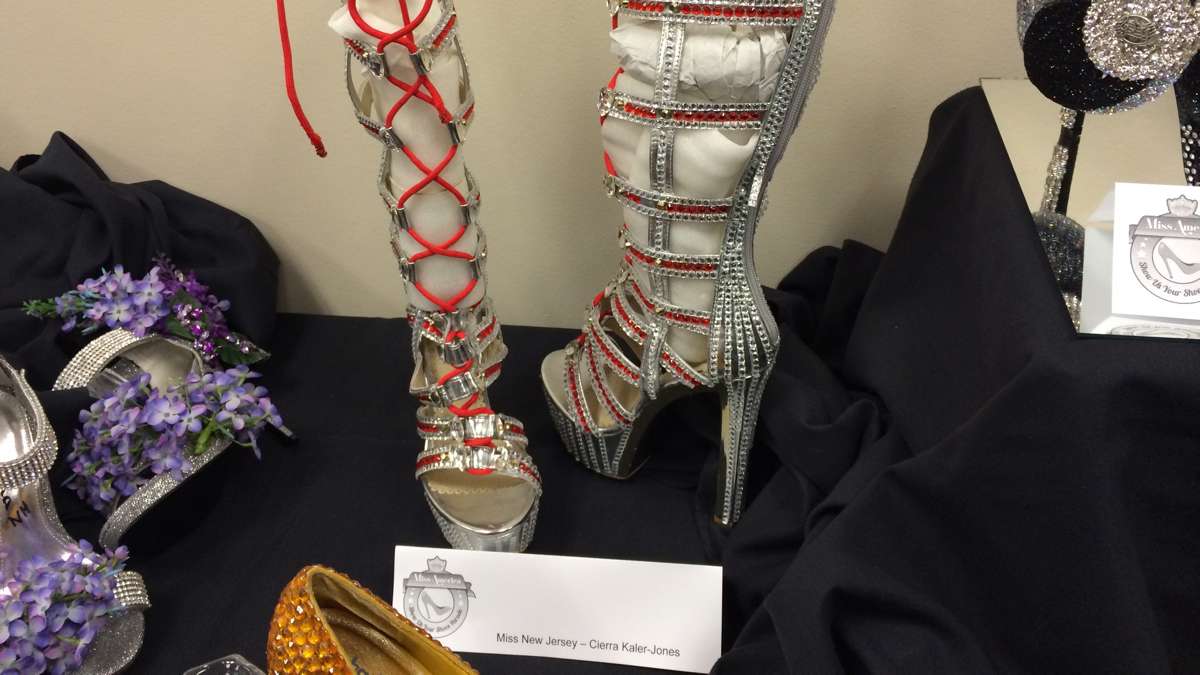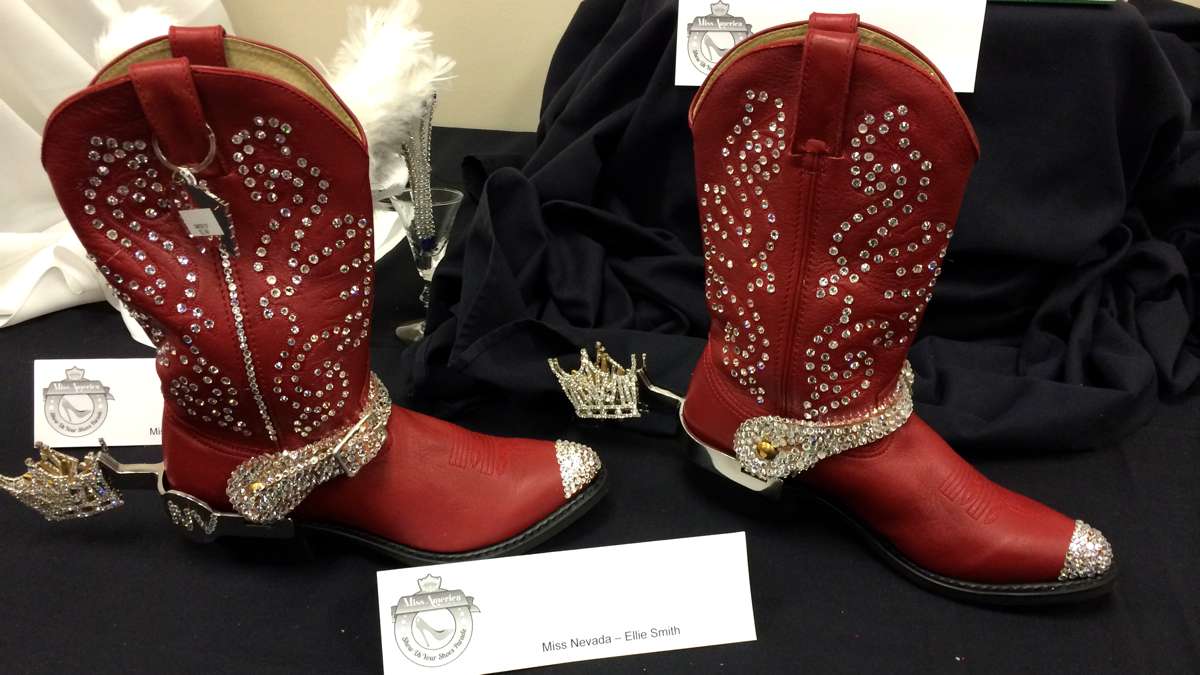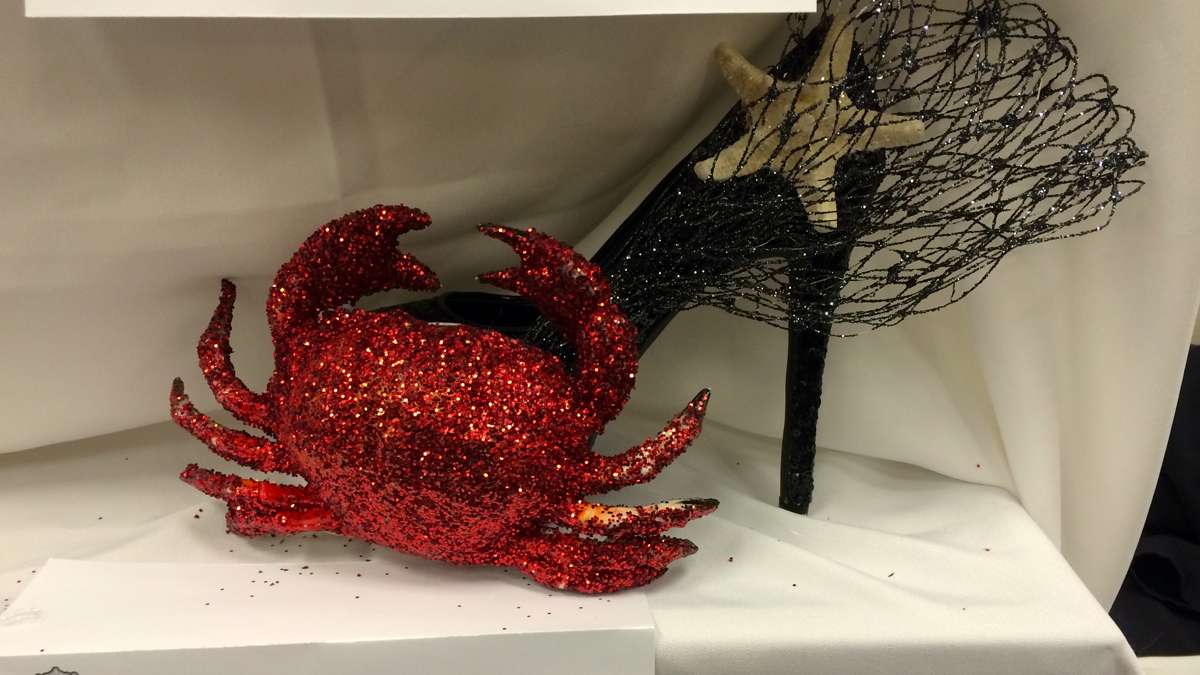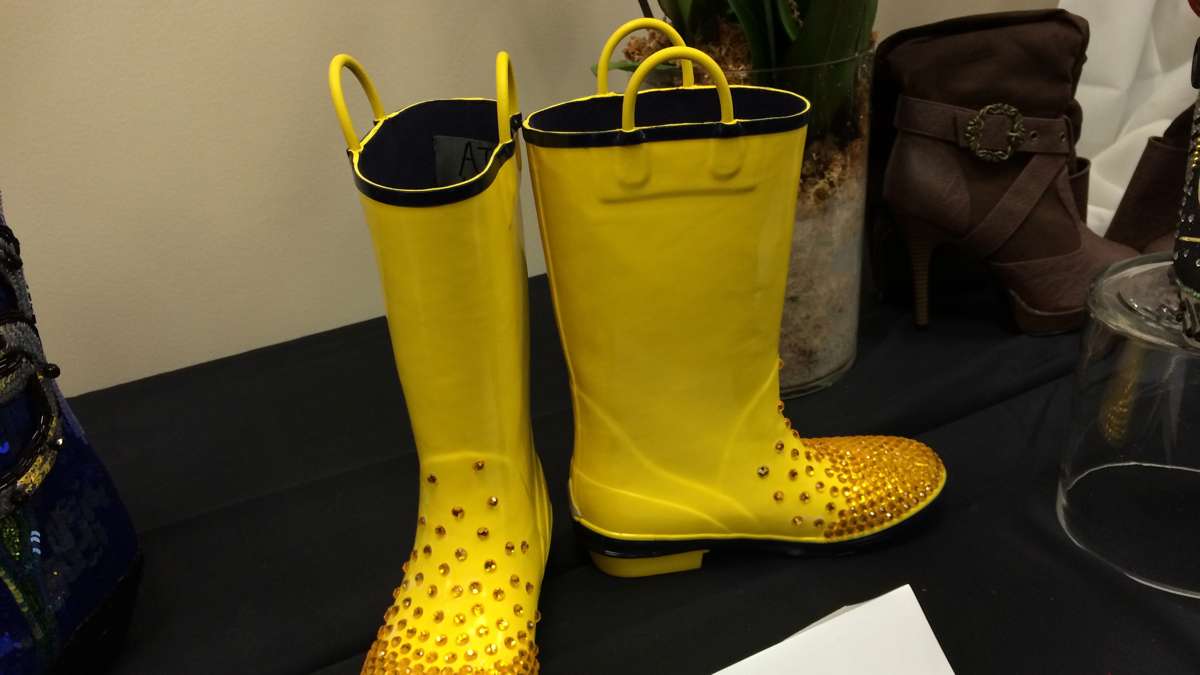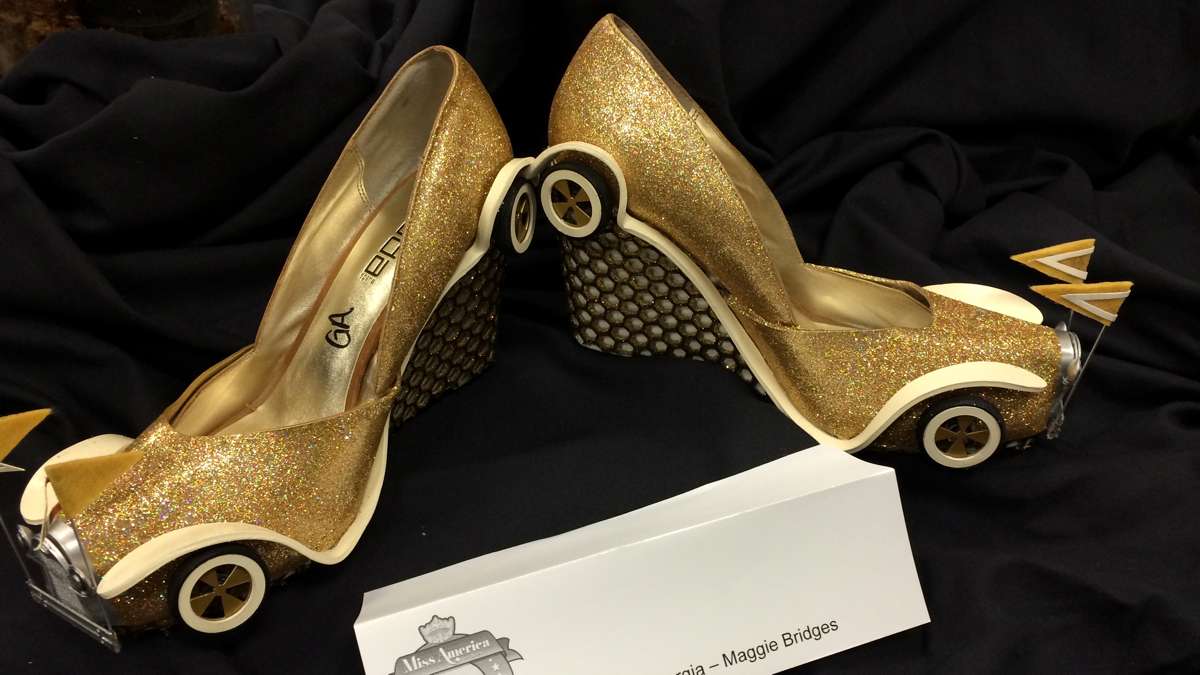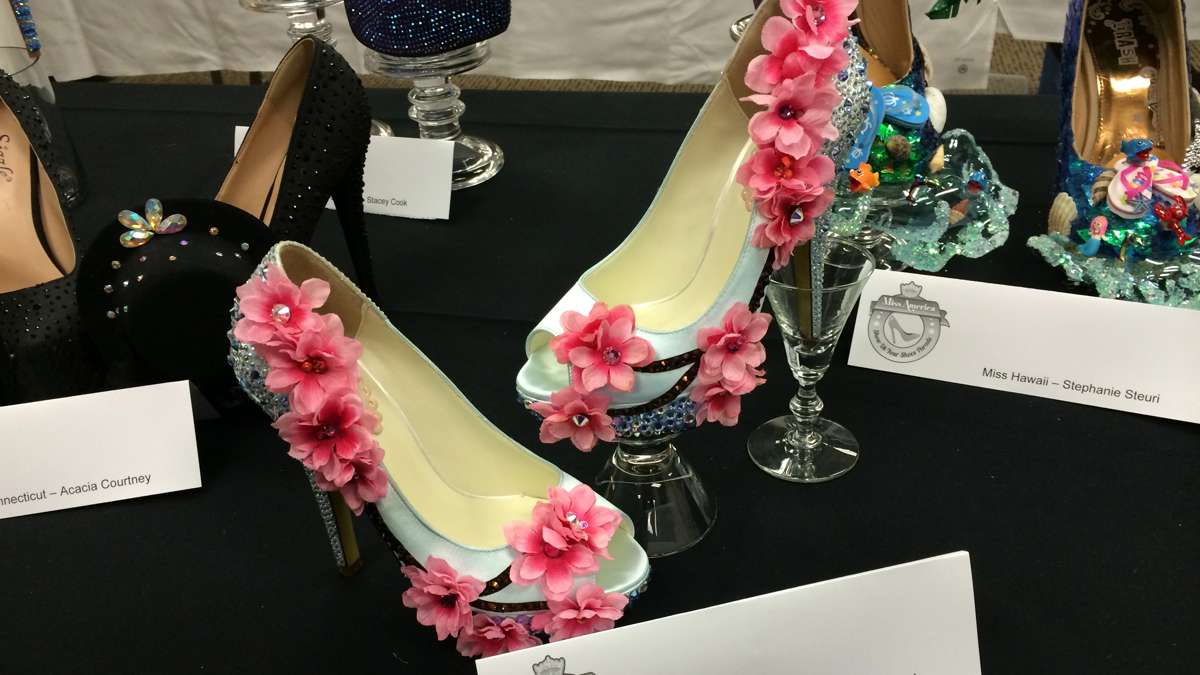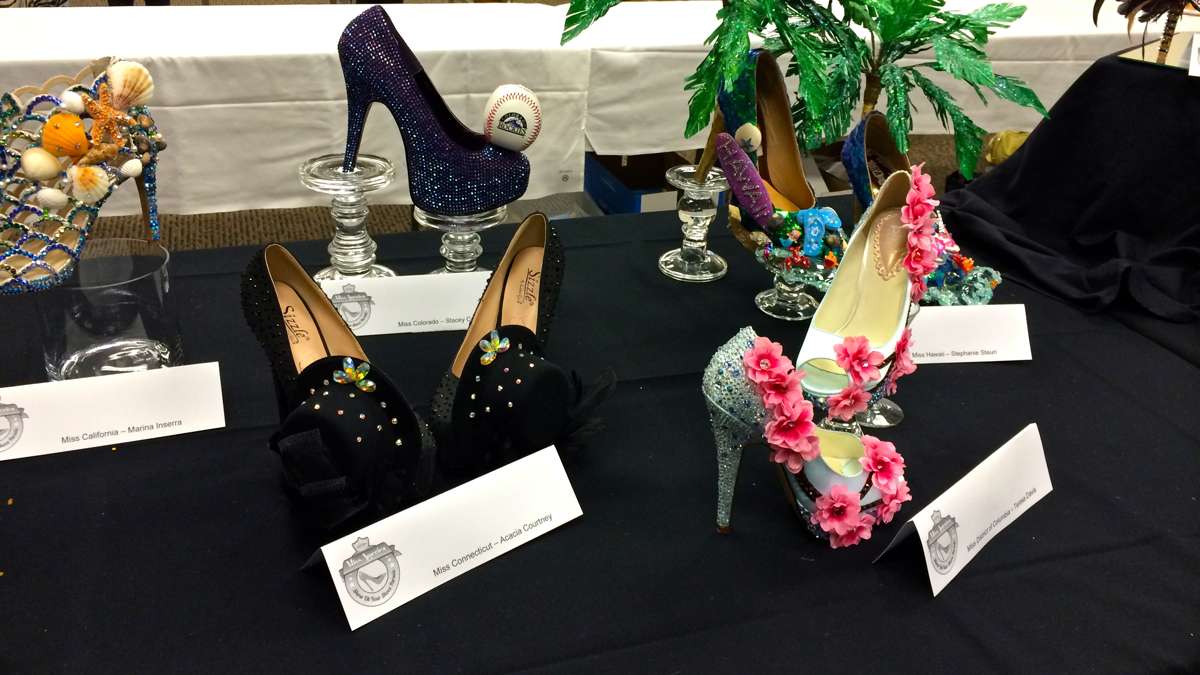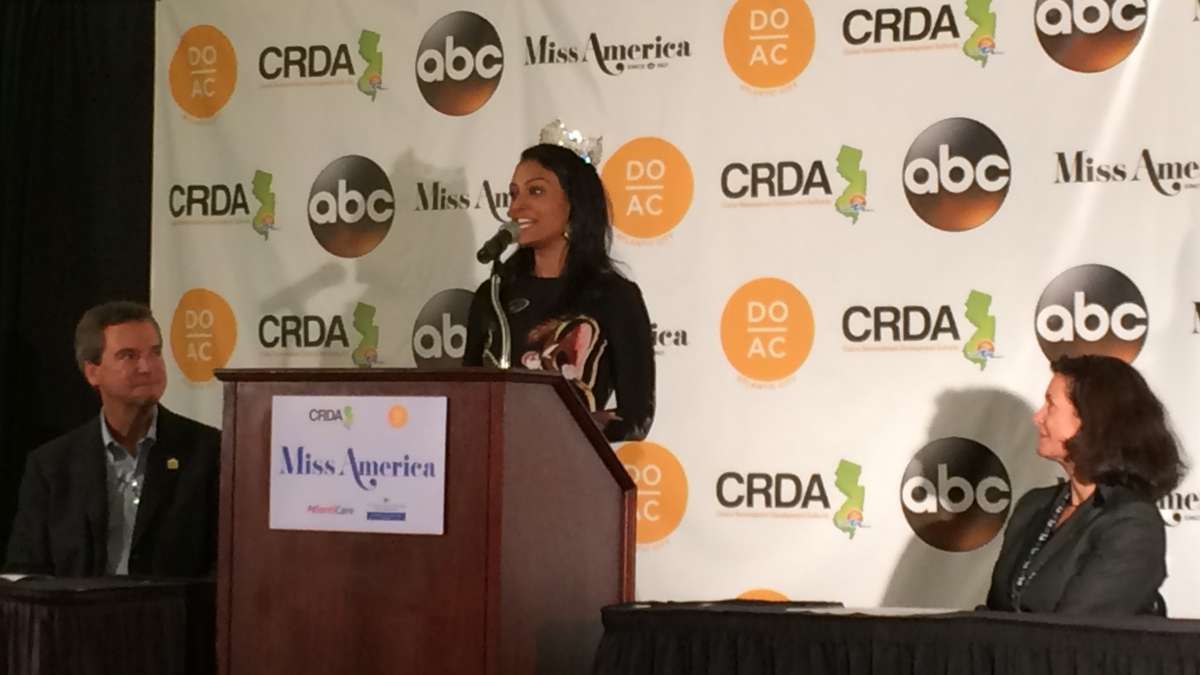My inadvertent pet: A true story of trap, neuter, release
A couple of Roxborough neighbors last year conspired to care for four feral kittens as responsibly as possible. Yet, nature threw them a curveball, despite their best efforts.
“There are four kittens out there.”
My boyfriend’s 5-year-old daughter was staring out the bedroom window.
“They’re not kittens, they’re cats,” said my boyfriend, Kirk, without looking. He’d assumed, as I did, that one or two of the couple of outdoor cats that roam our Roxborough neighborhood were again sauntering down the narrow alleyway between our house and yard.
But she was right: A quartet of little kitties were scampering around our backyard. We all watched, entranced by the cuteness. Then the mother cat showed herself, and they all made their way down the alley after a few minutes.
Over the next few months the feline family popped up every once in a while. And then the mother disappeared. The four little critters would chase each other at full speed, tumble over, and roll on their backs. Once, all four managed to climb on top of our shed, looking adorably triumphant — in other words, they became the walking embodiment of why, as the joke has it, the Internet is made of cats.
Every time I saw them, though, I felt along with delight a gnawing sense of responsibility: I was going to have to take some sort of action. Four mature cats could quickly multiply into 16.
Trap, neuter, release
They looked healthy enough, and I soon discovered why when I noticed the kittens outside a house at the end of the alley, surrounding a stooped-over woman. She was feeding and petting them. The next time I saw her outside, I introduced myself — her name was Diane — and I asked about the kittens.
Completely enamored, Diane said she wished she could take them in, but her husband didn’t want more than the two cats they already had. “But I love them so much,” Diane said. She walked slowly with a cane.
“Well, we should get them fixed at least,” I said. Diane agreed, then wondered if we could get them into a shelter, and then lamented how much she would miss them.
There are several established organization in Philly for rescuing stray cats. After asking around, I got contact information for a local option that was more ad-hoc: Katharine, a woman who “helped cats.” I wasn’t sure what that meant, but I called. Katharine rented a commercial garage space in Roxborough where she kept abandoned cats until she could get them into no-kill shelters such as that of the Philadelphia Animal Welfare Society (PAWS). She said if I could catch the four, she would take them to the PAWS clinic be spayed or neutered, then see if they could get socialized enough to become housecats.
Catching them was something of an adventure. As I watched from inside her kitchen so as not to scare away the skittish cats, Diane managed to get two into carriers by luring them with bits of chicken. The process, however, was the height of inefficiency, due to Diane’s difficulty walking. The next weekend, I borrowed two traps from Katharine. Remarkably, one of the cats that hadn’t been caught by Diane — a tortoise-shell male — crept into the contraption and set off the mechanism that closed the door.
Katharine’s concerns proved valid: They had been feral too long to be tamed. In her makeshift animal shelter after their surgeries, they were freaked. One cat managed to get into the ceiling crawl space. Katharine set them free, and Diane welcomed them back with plenty of chicken.
Further responsibilities
Feral cats pose troublesome dilemmas. “Trap, neuter, release” programs are a good but incomplete answer. Nonetheless, I was proud of myself: I had managed to make sure that three of the cats wouldn’t add to the homeless animal population. But it turned out that my responsibilities didn’t end there.
In due time, one cat died and two others disappeared. Diane would call me on the phone, crying. Only the tortoise-shell male remained, and when considering him, Diane would cry some more, thinking of how lonely he felt. And then Diane broke her hip. The phone call I received that evening was from a friend of hers, saying that Diane was worried sick about the little guy. Would I take over feeding him?
Clancy is what Kirk and I named him. After I fed our two cats, I would open the back door and find Clancy crouched there like a small loaf of bread. Not wanting to leave food right next to our house, I would place a bowl across our yard beneath the shed that Clancy and his siblings once conquered. If either Kirk or I were outside, Clancy would contentedly curl up in our laps. How long could this go on, I wondered? Would I really be able to keep him alive for years? While he had never lived inside as a pet, Clancy revealed himself to be sweet and affectionate. I was willing to feed him and let him live under our shed indefinitely, but what if I could secure for him an even better fate? This cat could get adopted, I was certain.
As the awful, snowy winter of 2013 bore down, my Clancy routine became more elaborate. I had ordered a pet-friendly heating device that, once microwaved, stayed moderately warm for hours, and I would deliver it to him every morning and night, as he hung out in the small nest of cardboard, towels and straw that I had constructed to shelter him from the cold. He seemed to be faring well enough, my inadvertent pet, surviving the winter along with all the other outdoor animals that we see, and those that remain invisible to us. But then there was a heavy snow in the forecast.
“I can’t leave him out there in 16 inches of snow,” I said to Kirk, staring out the window as Clancy trotted across the yard. My worries shifted from the impending weather: His belly looked bloated.
I made an appointment at the PAWS veterinary clinic, hoping that by then the snow from the coming storm would be cleared. Clancy spent the time until then in a room in our basement, at first eating and using the litterbox (This cat could get adopted!), then barely moving. On the day of his appointment, a small pool of blood mixed with urine had collected next to the litterbox. I rushed him to PAWS, where they told me to rush him to the Penn Veterinary Hospital’s emergency room, which I did, despite the thought of the potential bill.
He didn’t make it, and I cried over the snow that had kept me from getting him care a day earlier.
I hadn’t been able to keep him alive after all. Of four feral kittens, not one made it past a year-and-a-half. Just one more responsibility awaited me: I dialed Diane’s number.
WHYY is your source for fact-based, in-depth journalism and information. As a nonprofit organization, we rely on financial support from readers like you. Please give today.



